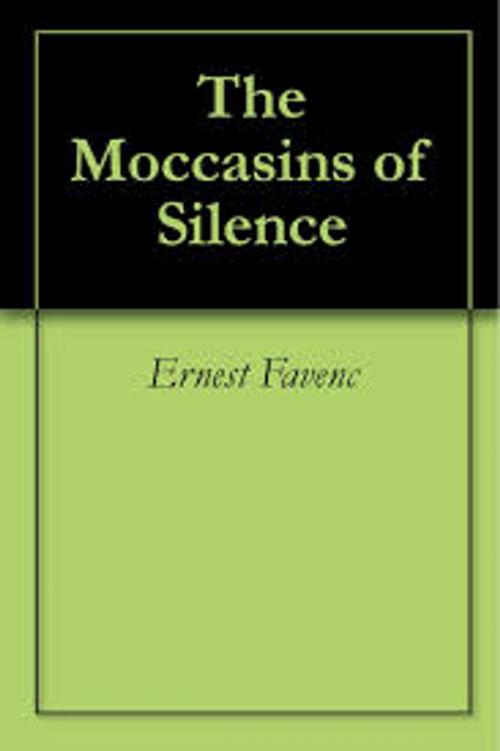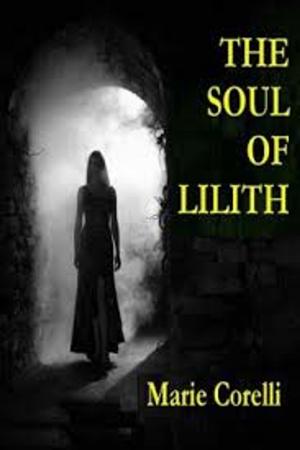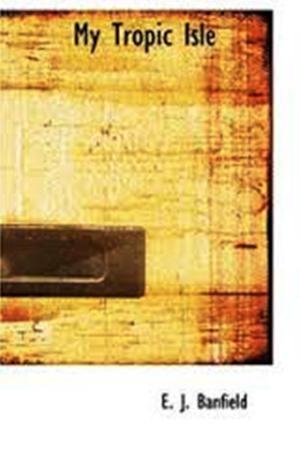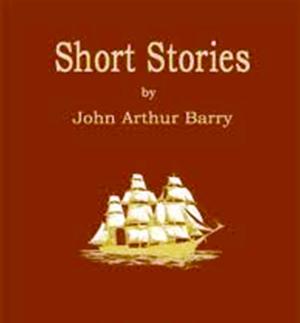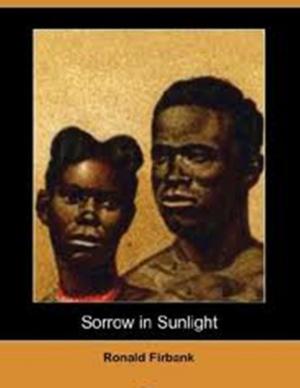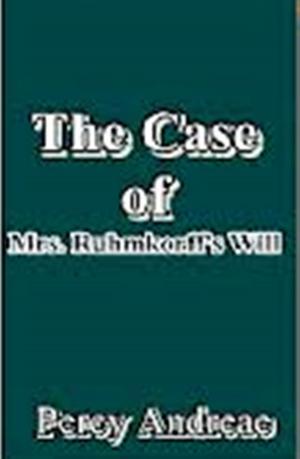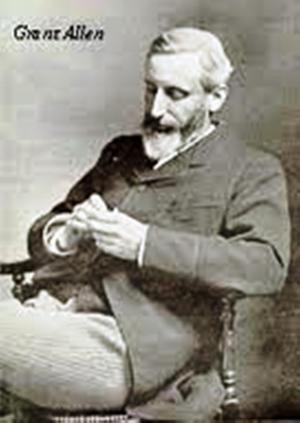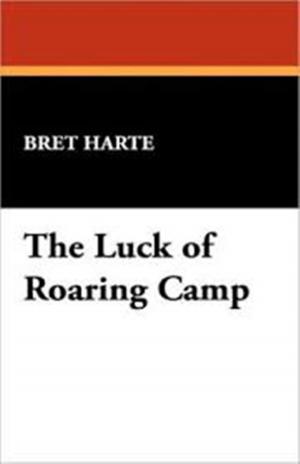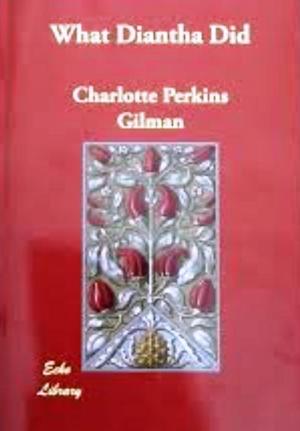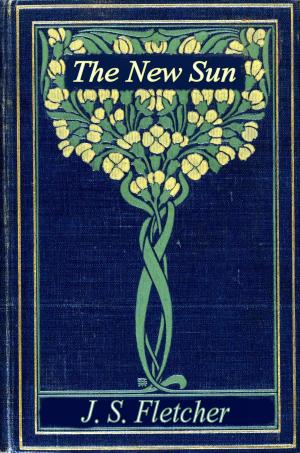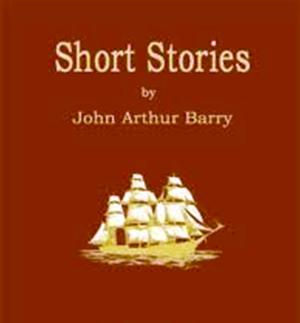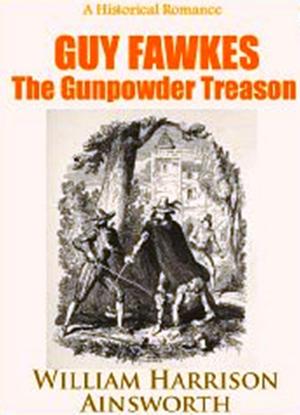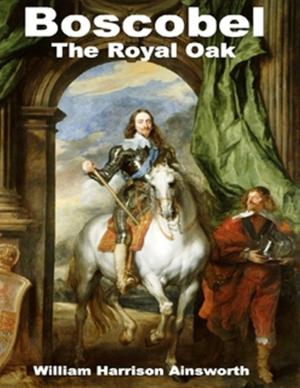| Author: | Ernest Favenc | ISBN: | 1230000157582 |
| Publisher: | WDS Publishing | Publication: | August 4, 2013 |
| Imprint: | Language: | English |
| Author: | Ernest Favenc |
| ISBN: | 1230000157582 |
| Publisher: | WDS Publishing |
| Publication: | August 4, 2013 |
| Imprint: | |
| Language: | English |
To the following story a preface is an actual necessity. I say this by way of apology, for as a rule a preface is seldom read. I am going to touch on an aboriginal custom not generally known, in fact it is only of late years that it has been brought to light. In the heart of Australia, namely in the neighbourhood of Barrow Creek and to the north of that locality, dwell tribes whose distinctive rites and ceremonies seem to set them apart from their brethren of other portions of the great Austral continent. These natives are exceedingly cunning in the construction of their weapons, and signs, much resembling hieroglyphic writing, have been found on them. But the most singular fact is that they are the only natives of Australia known to wear a foot-covering. Only a few pairs of these shoes have been brought into civilization. Mr. Norman Hardy has one pair, and there is a pair in the Australian Museum, on which Mr. R. Etheridge has written a paper, published in the records of the Linnean Society of N.S. Wales, from which I extract the following description:--
"It is now known that certain tribes of the aborigines, towards the centre of the continent, manufacture a very beautiful shoe composed of emu feathers. Two entirely different uses have been ascribed to these. On the one hand, the late Mr. E. M. Curr stated that the blacks of the Musgrove Ranges wear these shoes, when they attack their enemies by stealth at night; on the other hand, Mr. C. French, Government Entomologist, Melbourne, has more recently referred them to a portion of the stock-in-trade of the rain-maker of the McDonnell ranges."
For the rest of this most interesting and instructive article, I must refer my readers to the records of the society above-mentioned.
The shoes are about 8 to 10 inches in length and 4 in breadth. The upper part is woven of human hair, the opening to admit the foot being in the centre. The soles are very thick and made of dry grass, mixed with gum and human blood. On the sole is then stuck a dressing of emu feathers which renders them as noiseless as the list slippers of the burglar. The shoes are exactly the same at each end, there being neither heel nor toe. In giving them the name of "Moccasins" I am aware that I am taking somewhat of a liberty, but the picturesqueness of the title was too alluring to be resisted.
To the following story a preface is an actual necessity. I say this by way of apology, for as a rule a preface is seldom read. I am going to touch on an aboriginal custom not generally known, in fact it is only of late years that it has been brought to light. In the heart of Australia, namely in the neighbourhood of Barrow Creek and to the north of that locality, dwell tribes whose distinctive rites and ceremonies seem to set them apart from their brethren of other portions of the great Austral continent. These natives are exceedingly cunning in the construction of their weapons, and signs, much resembling hieroglyphic writing, have been found on them. But the most singular fact is that they are the only natives of Australia known to wear a foot-covering. Only a few pairs of these shoes have been brought into civilization. Mr. Norman Hardy has one pair, and there is a pair in the Australian Museum, on which Mr. R. Etheridge has written a paper, published in the records of the Linnean Society of N.S. Wales, from which I extract the following description:--
"It is now known that certain tribes of the aborigines, towards the centre of the continent, manufacture a very beautiful shoe composed of emu feathers. Two entirely different uses have been ascribed to these. On the one hand, the late Mr. E. M. Curr stated that the blacks of the Musgrove Ranges wear these shoes, when they attack their enemies by stealth at night; on the other hand, Mr. C. French, Government Entomologist, Melbourne, has more recently referred them to a portion of the stock-in-trade of the rain-maker of the McDonnell ranges."
For the rest of this most interesting and instructive article, I must refer my readers to the records of the society above-mentioned.
The shoes are about 8 to 10 inches in length and 4 in breadth. The upper part is woven of human hair, the opening to admit the foot being in the centre. The soles are very thick and made of dry grass, mixed with gum and human blood. On the sole is then stuck a dressing of emu feathers which renders them as noiseless as the list slippers of the burglar. The shoes are exactly the same at each end, there being neither heel nor toe. In giving them the name of "Moccasins" I am aware that I am taking somewhat of a liberty, but the picturesqueness of the title was too alluring to be resisted.
